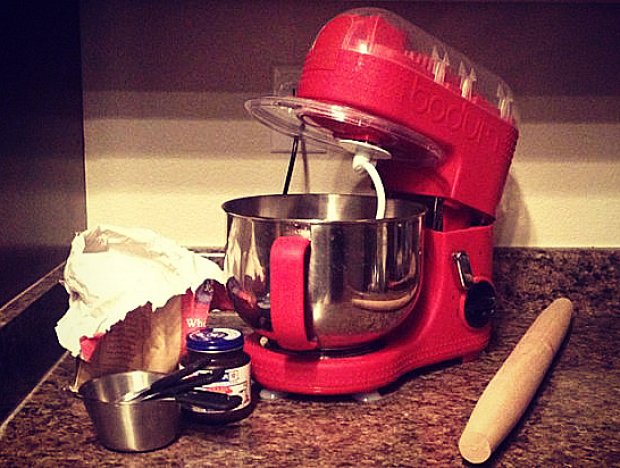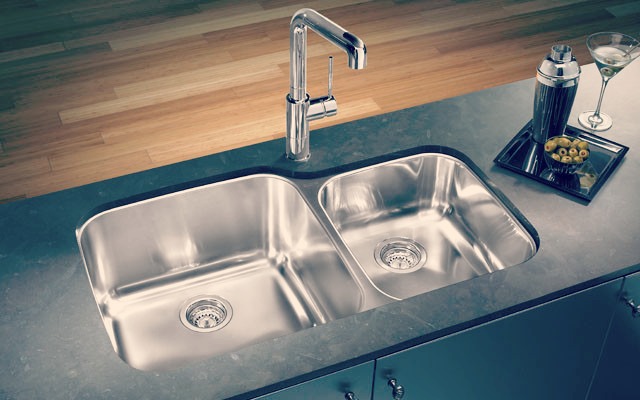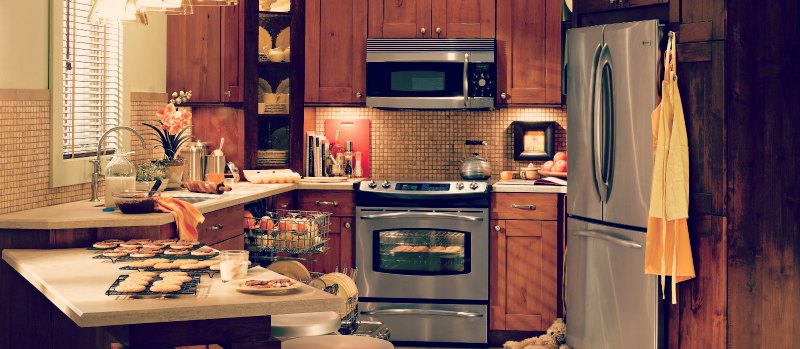Keeping your knives sharp is crucial for both safety and efficiency in the kitchen. A dull knife requires more force to cut, increasing the risk of slips and accidents, while also making cooking more difficult and time-consuming than it needs to be. Sharp knives, on the other hand, glide through ingredients effortlessly, allowing for precise cuts and a more enjoyable cooking experience.
When it comes to maintaining that sharp edge, you can choose to buy whetstones and/or knife sharpeners. Each of these tools has its own unique advantages and is suited to different needs and skill levels. Understanding the differences between them will help you choose the best option for your kitchen and ensure that your knives remain in top condition.
Why Choose Whetstones?

Before diving any deeper into the topic, let’s explore “What is a whetstone used for?”. A whetstone is used for sharpening and honing the edges of blades, primarily kitchen knives, but also other cutting tools like scissors, chisels, and straight razors. It helps to maintain a sharp edge by grinding away small amounts of metal from the blade, creating a new, sharper edge.
It can be used to restore a dull or damaged blade to its original sharpness or to maintain an already sharp edge. It comes in different grits, allowing for various levels of sharpening, from coarse grit for reshaping edges to fine grit for polishing and refining the blade. You can also find it under other names like sharpening stone, grinder’s stone, hone, rubstone, sharpener, grindstone, and oilstone.
Precision Control
Hones offer unparalleled precision when sharpening knives. By manually guiding the blade along the stone, you have complete control over the angle and pressure applied. This level of control allows you to achieve a sharper, more refined edge, making them ideal for those who want the best performance from their knives.
Customisable Sharpness
With hones, you can customise the sharpness of your knife according to your specific needs. They come in various grit levels, from coarse to ultra-fine, allowing you to tailor the sharpening process. Whether you’re repairing a damaged blade or simply honing a slightly dulled edge, a sharpening stone gives you the flexibility to achieve the exact sharpness you desire.
Versatility
Hones are incredibly versatile and can be used on a wide range of blades, from kitchen knives to scissors and even straight razors. This makes them a great investment for anyone who wants to maintain multiple types of cutting tools. Additionally, they work on different types of steel, making them suitable for both Western and Japanese-style knives.
Considerations
Requires practice
Using a rubstone effectively requires practice and skill. The process involves maintaining consistent angles and pressure, which can be challenging for beginners. However, with time and practice, you can develop the technique needed to sharpen your knives with precision. While the results are often superior, the time investment is something to consider, especially if you’re sharpening multiple knives.
Time-Consuming
Sharpening with a hone is more time-consuming compared to other methods, such as using an electric or manual knife sharpener. The process involves soaking the stone, setting up a sharpening station, and carefully working the blade on the stone.
Why Choose Knife Sharpeners?

Speed and Convenience
Knife sharpeners, especially electric models, are incredibly fast and convenient. They can sharpen a knife in just a few passes, making them ideal for busy cooks who need to quickly maintain their knives. With a knife sharpener, you can restore a dull blade to a usable condition in a fraction of the time it takes with a whetstone.
Ease of Use
Knife sharpeners are designed to be user-friendly, making them a great option for beginners or those who are not confident in their sharpening skills. Most sharpeners have preset angles, so you don’t need to worry about holding the knife at the correct angle—simply pull the knife through the slots, and the machine does the rest. This ease of use makes knife sharpeners an accessible tool for anyone looking to keep their knives sharp without much effort.
Safety
Knife sharpeners often come with built-in safety features that reduce the risk of accidents. The design of the slots helps guide the knife, preventing slips and ensuring that your fingers are kept safely away from the blade. This makes knife sharpeners a safer option compared to the manual process of using a whetstone, especially for those who are less experienced.
Considerations
Less Precision
While knife sharpeners are fast and easy to use, they generally offer less precision than whetstones. The preset angles may not match the exact angle of your knife’s edge, leading to less customisation in sharpness. Additionally, over time, repeated use of a knife sharpener can lead to uneven wear on the blade, which may reduce its lifespan.
Limited Versatility
Knife sharpeners are typically designed for specific types of knives and may not be suitable for all blades. For example, they may not work well with serrated knives, scissors, or specialised tools like Japanese-style knives with unique bevel angles. This limited versatility means that you may still need other sharpening tools for certain blades, reducing the overall convenience of relying solely on a knife sharpener.



















